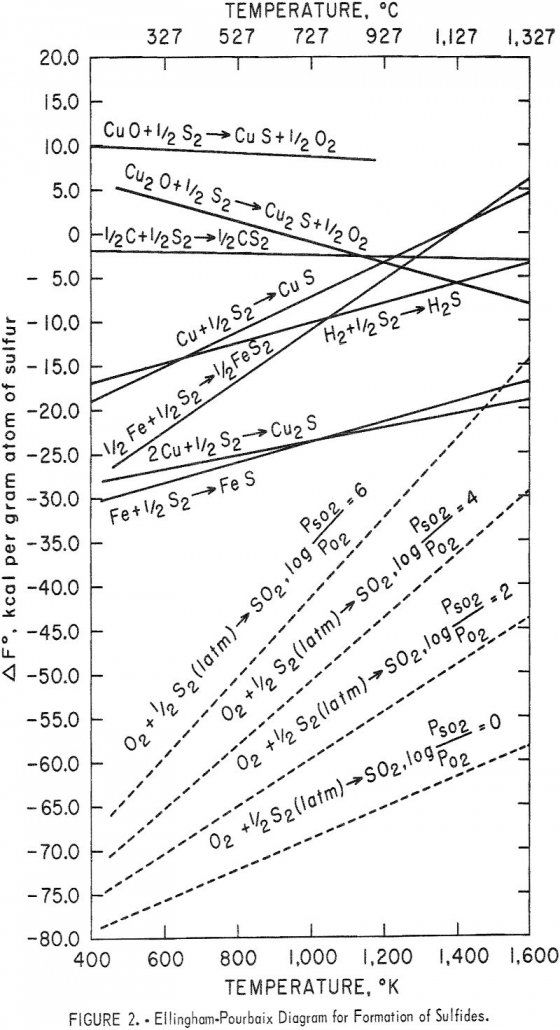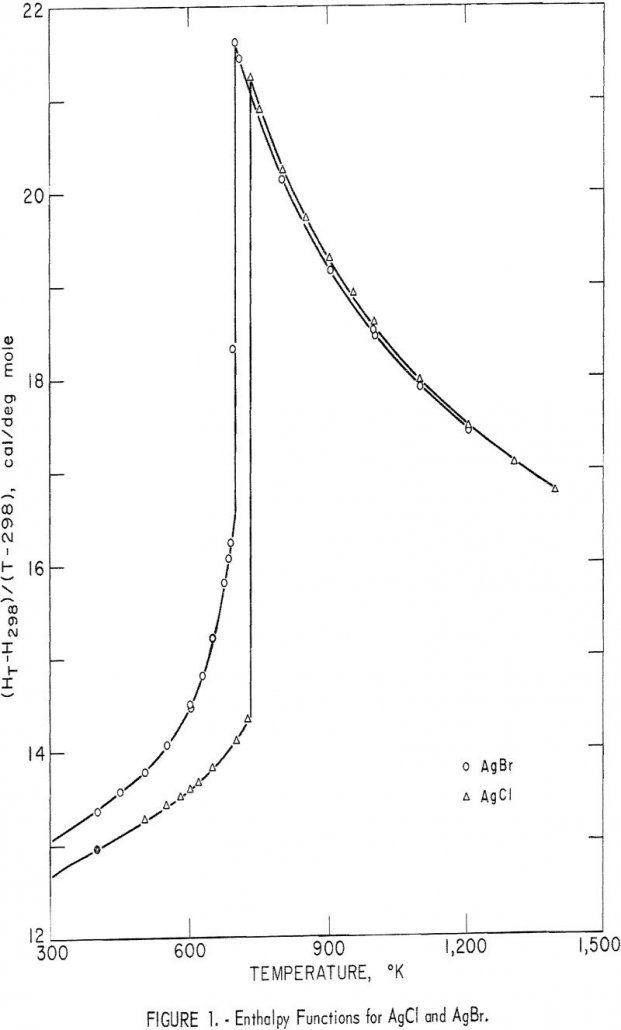Copper Hydrometallurgy

Copper hydrometallurgy the leaching of siliceous low-grade copper-bearing ores and waste rock that cannot be processed economically by milling and concentrating is an important low-cost process for recovering copper. In the free world, the United States is the principal user of this process, and in 1965 nearly 10 percent of the U.S. production of primary […]
Recover Copper from Oxides using Iron and Steel Scrap

For the past two decades, about one-third of the copper consumed in the United States has been imported. In order to meet the Nation’s demand, new and improved methods of copper extraction must be found. Ferrothermic extraction is one possibility; the Bureau of Mines undertook this investigation to determine the principles and optimum conditions of […]
Copper Leaching Practices

The first large-scale leaching and precipitation of copper was probably at Rio Tinto in Spain about 1752. The method employed comprised open-air water leaching of weathered piles of copper-bearing ore followed by precipitation of the copper by iron. A description of leaching and precipitation of copper at Rio Tinto in the 20th century is given […]
Solvent Extraction of Nickel and Zinc

Solvent extraction of a waste solution from the phosphating of automobile bodies led to the following conclusions: Separate zinc, nickel, and phosphate products, essentially free of each others were produced. Zinc was 99 percent extracted by di-2-ethylhexyl phosphoric acid in kerosene, and nickel was 99 percent extracted by dinonyl naphthalene sulfonic acid in butyl ether. […]
Silver Chloride & Silver Bromide Thermodynamic

Adequate values for the standard heats and entropies of formation of silver chloride and silver bromide are available. However, thermodynamic calculations involving these substances have been hampered by the lack of accurate high-temperature enthalpy and entropy data. The enthalpy and heat capacity results reported in the literature are fragmentary and conflicting. As part of a […]
Recover Metals from Electroplating Wastes

The waste-plus-waste treatment method can be successfully used on a variety of acid and alkaline electroplating wastes. The method is economically attractive because of the low cost of the waste-plus-waste addition step: No additional reagents are necessary, and the metal values are concentrated. In the five waste-plus-waste combinations investigated, combination of the two wastes caused […]
Convert Hydrous Calcium Sulfate to Hydrogen Sulfide

During the period 1960-65 sulfur consumption in the United States rose 40 percent to 7.96 million long tons. Since 1963, while demand has exceeded production, withdrawals from producer stocks have met the deficit. An assured steady supply of sulfur is essential for the national interest. Its applications are so diverse that the quantity used is […]
Recover Uranium from Water by Countercurrent Ion Exchange

Ion exchange techniques have been used to recover uranium from waters pumped from uranium mines in the Ambrosia Lake district of New Mexico since about 1963. More recently., the natural flow of mine water and the recovery of uranium have been augmented by routinely spraying abandoned areas of the mine with barren solution from the […]
Effect of Ammonia in Cyanide Solution during Copper Leaching

Under the conditions evaluated in this investigation, the extraction of copper from an argillaceous ore was not affected by the addition of ammonia to a cyanide solvent but was entirely dependent on the cyanide concentration. A number of investigators have evaluated cyanide complexes as catalysts for the cyanidation of gold and silver ores. However, cyanide […]
Produce Convert & Make Copper Powder from Copper Cement

Production of cement copper in the United States has been increasing during the past few years principally because more mine waste from open pit operations is being leached. During 1969 about 220,000 tons, or approximately 14 percent, of the Nation’s production of new copper was from leaching operations. The mine waste is leached with acid-ferric […]
